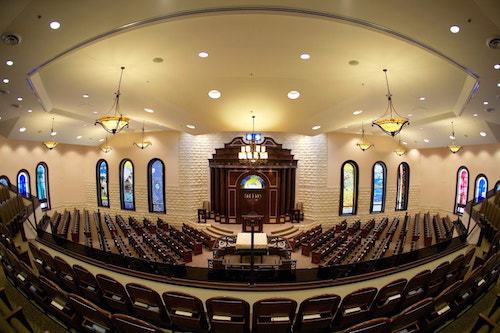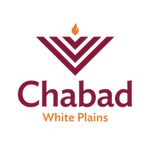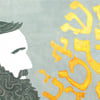What Is Shavuot?
Shavuot is a two-day holiday that celebrates the Giving of the Torah on Mount Sinai, shortly after the Exodus from Egypt. Like all Biblical holidays, it is celebrated by refraining from work, attending synagogue and feasting with friends and loved ones.
While much of the synagogue services are similar to those on any other holiday, there are certain key events that take place only during Shavuot.
Something to take note of is that many (not Chabad) have the custom of decorating the synagogue with greenery and/or flowers.
All-Night Learning
Much of the Jewish world celebrates the first night of Shavuot by learning Torah all night—often in the synagogue. This can take several forms:
- The most traditional is to read a book known as Tikkun Leil Shavuot, which is a compendium that contains excerpts of every book of the Tanach (Hebrew Bible), Mishnah, Kabbalah, as well as the 613 mitzvot, allowing the reader to skim through the landscape of Jewish tradition in just a few hours. If attending a congregation where this is common, you may want to come with a copy of your own, since synagogues rarely have enough for all visitors. You can download and print an English version here (note: it’s long).
- Some communities keep it simple, and people sit alone or in pairs and study a Torah topic of their choice. If this is what you will be doing, it is perfectly acceptable to make arrangements in advance with a study partner or group of friends, so that you know what you’ll be doing and with whom.
- In recent decades, it has become increasingly popular for synagogues to offer classes, throughout the night, sometimes providing several simultaneous presentations so that everyone can find something right for them.
Refreshments are often served, so that people can grab a quick bite to eat and drink before settling back into the Torah book of their choice.
Note that this is often a male-only affair, so if you are a woman and wish to attend, it is wise to check in advance to ascertain that you will not be a lone skirt in a sea of suits.
Also note that many communities learn all through the night until it’s time for early Morning Services, timed so that the Amidah (Silent Prayer) is said right as the sun rises. Other communities end at dawn and get some shut-eye before returning to synagogue for services mid-morning.
Shavuot Morning Services

Morning services are similar to those said on any Shabbat morning (you can brush up on that here). There are, however, several landmarks to be aware of. Here are some:
- Since this day is not Shabbat, the blessings before Shema and the Amidah (Silent Prayer) differ from those we say on Shabbat. The details are noted in your prayerbook.
- Like the other festivals, we say Hallel, a selection of Psalms of praise, following the repetition of the morning Amidah. These are often sung aloud to joyous tunes.
- Two Torahs are removed from the ark, one of which is used for the reading of the momentous events at Sinai. The second is used to read about the sacrifices brought on this day in the Holy Temple.
- In some communities (not Chabad), Akdamut, an Aramaic litany of praises for the Torah, are chanted just before the Torah reading in a festive tune that dates back hundreds of years.
- Then comes the moment we’ve been waiting for! During the fifth Aliyah, we read about the revelation at Sinai. The Rebbe urged everyone—from the smallest baby to the most senior of seniors—to be present, just like all souls were there at Sinai more than 3,000 years ago. It is customary to rise for this reading and face the Torah reader with rapt attention.
- The service concludes as usual, again with certain textural detours since this is a holiday, not Shabbat.
- One major milestone comes almost at the end, when we receive a very special blessing. Known as Birkat Kohanim, this blessing can be given only by descendants of Aaron, the first High Priest. They bless the congregation with prosperity, Divine favor, and peace, using an ancient formula written in the Torah. You will notice the kohanim exit the synagogue to wash their hands before performing the blessing. During the actual blessing, they cover their upper bodies with their prayer shawls. It’s customary for men to cover their heads with their prayer shawls, and for small children to stand underneath their father’s tallit during the blessing.
Services are typically followed by a reception, called a Kiddush. Today, this reception is often dairy, so get excited for a spread that may include blintzes (traditional crepes stuffed with cheese), cheesecake, quiches, and ice cream.
Read: Why Eat Dairy on Shavuot?

The second day is similar to the first, except that the Torah reading is not the same and that it is followed by Yizkor, the memorial service. Four times a year, a special memorial prayer is recited by those who have lost one or both of their parents. It is customary for all those whose both parents are alive to leave the synagogue for the duration of this service. If you are fortunate enough to be among those who do not stay in for this prayer, do not wander too far, because it lasts only a few minutes.
Read: What Is Yizkor?







Join the Discussion